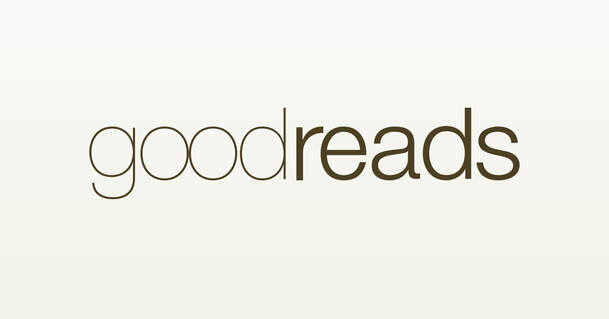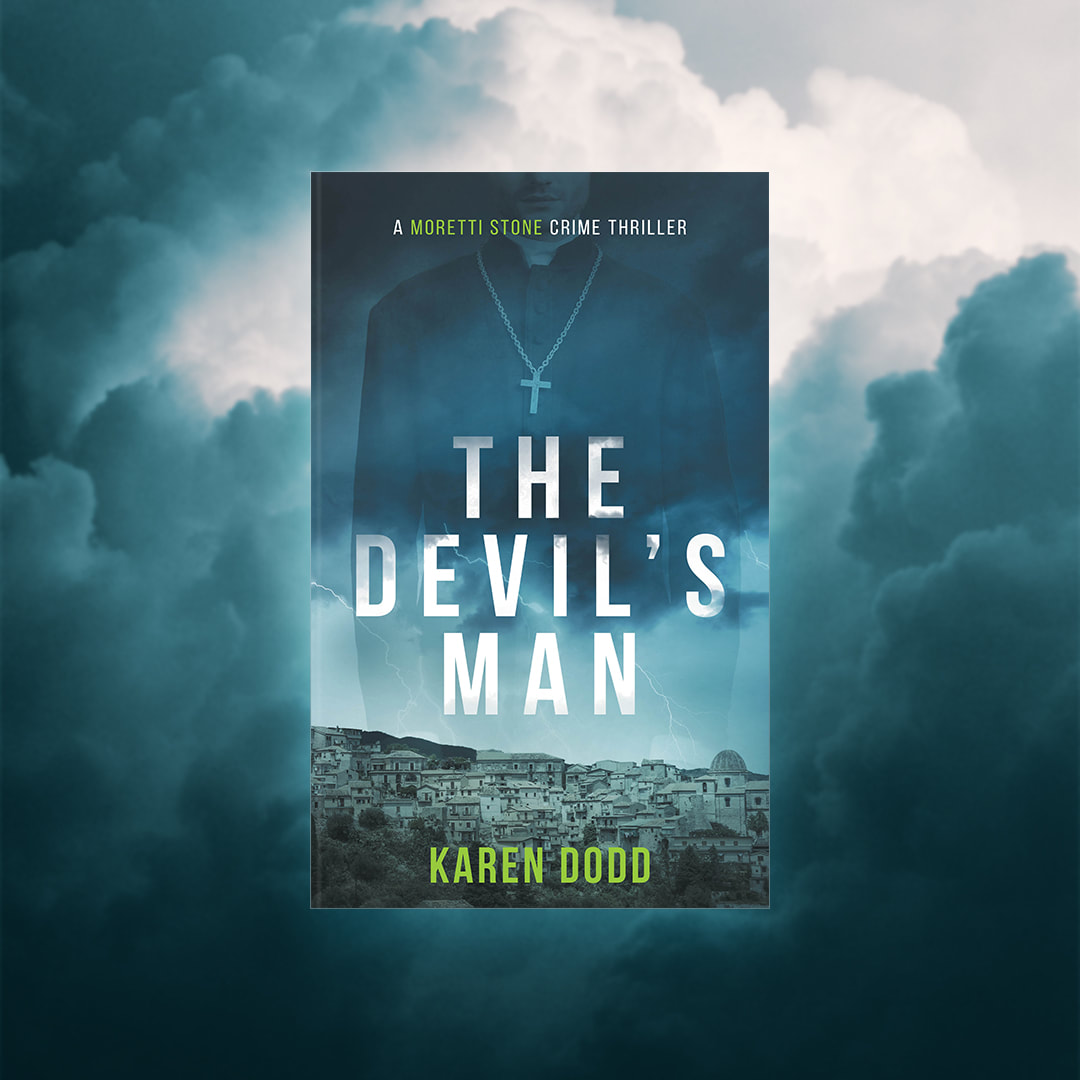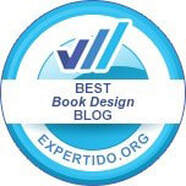|
Guest post by Alison Clarke from Juni Learning
Kids are some of the most creative people on the planet. You take their unbound optimism and imagination with an endless amount of energy, and kids can write up some really quirky ideas. However, it doesn’t hurt to give kids a bit of a head start with some creative writing prompts to get their mind palace brimming with great ideas. Today, let’s talk about some of those ideas, as well some other ways to get your kids to be better writers
0 Comments
If you haven’t used Goodreads yet, it’s certainly worth looking at especially for authors, originally founded in 2006 and then launched in 2007 with an approximate 650,000 members, it was bought by Amazon in 2013 and has grown to over 120 million members to date.
Goodreads has become the largest site for connecting readers with the books they’ll love, giving recommendations and book reviews (which is what they’ve become known for), it’s also a great place to follow your favorite author and is free to use, you can even sign in using your Amazon account where you’ll see the books you’ve purchased. It’s been a long journey, countless hours of writing followed by edits, rewrites, more edits, further rewrites, formatting, cover design and finally… (drum roll please)… your book is now available to purchase on Amazon.
So, what now? Doing anything creative is (and should always be) a pure joy to the person who is engaged in it, and for those of us working in a creative field such as writing or book cover design, it makes the project you’re working on that much more enjoyable.
But creativity, to some degree, is like a muscle, the more you use it, the better/stronger it becomes. So, the key in growing your creativity is in using it more, sound easy right? Along with having a good book cover for your work, authors should also think about the promotional designs they are going to need to help sell their book to a larger audience. When you look at current trends, self-publishing continues to grow and as such, every day there is more than 4,000 new indie books being released.
What this means for an individual self-publishing author is that you must do more to reach your audience. |
JD&JCategories
All
Archives
March 2024
All information within this website (including its blog) is published in good faith and for general information purposes only. JD&J Design LLC does not make any warranties about the reliability and accuracy of this information. Any action you take upon the information in this website is strictly at your own risk. JD&J Design LLC is not liable for any losses and/or damages in connection with the use of this site and information.
|
Services |
Support |








